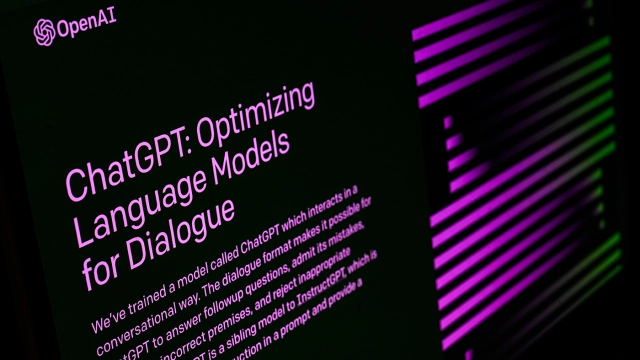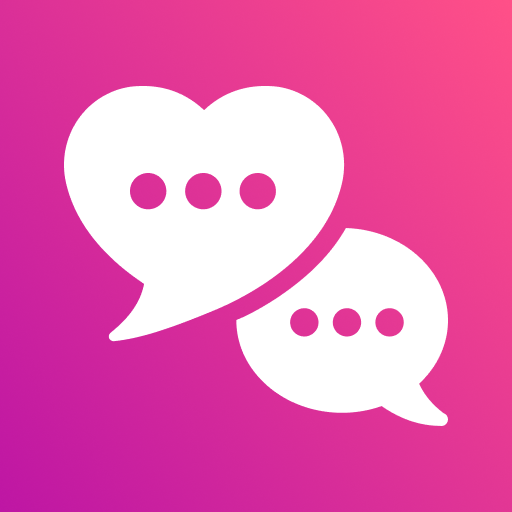As technology continues to evolve, so does the way we interact with machines. In recent years, natural language processing (NLP) has made significant strides in enabling machines to understand and respond to human language. One of the most powerful examples of this technology is the GPT (Generative Pre-trained Transformer) series of language models developed by OpenAI. Among the GPT models, ChatGPT is one of the most impressive, capable of generating human-like responses to text-based conversations.
In this blog post, we’ll dive into the fascinating world of ChatGPT, exploring its history, features, applications, and future developments.

The History of ChatGPT
Before we dive into the specifics of ChatGPT, let’s first take a look at its origins. GPT-1 was the first model in the GPT series and was released in 2018. It was trained on a dataset of web pages and books, and was capable of generating coherent text. However, it had limitations in terms of its ability to generate long-form text and its coherence over multiple sentences.
The subsequent release of GPT-2 in 2019 marked a significant step forward in the development of NLP technology. GPT-2 was trained on a much larger dataset, including web pages, books, and articles, and was capable of generating high-quality text that was often difficult to distinguish from human-written text. Its release caused some controversy, as OpenAI initially chose not to release the full model due to concerns about its potential misuse in generating fake news or other harmful content.
After a period of further development and refinement, OpenAI released GPT-3 in 2020. This model was trained on an even larger dataset, including web pages, books, articles, and even code, and was capable of generating text in a wide variety of styles and tones. It was particularly notable for its ability to perform language tasks, such as translation or summarization, without any additional training.
ChatGPT represents a specific application of the GPT technology, focused on text-based conversations. It is based on the GPT-3 architecture but is fine-tuned on a specific dataset of conversational data to improve its ability to generate human-like responses in a chat-based setting.
The Features of ChatGPT
So what makes ChatGPT such a powerful tool for conversational AI? Let’s take a look at some of its key features:
- Natural Language Understanding
One of the most impressive aspects of ChatGPT is its ability to understand natural language inputs. It can parse complex sentences and understand their underlying meaning, allowing it to generate appropriate responses that take into account the context and nuances of the conversation.
- Context Awareness
ChatGPT is also able to maintain context across multiple turns of a conversation. It can remember previous messages and use them to inform its responses, allowing it to generate more coherent and relevant replies.
- Personality Customization
Another interesting feature of ChatGPT is its ability to be customized with specific personalities or styles of conversation. This allows developers to create chatbots that reflect specific brand personalities or cater to specific customer demographics.
- Multi-Lingual Support
ChatGPT can also be trained on datasets in multiple languages, allowing it to generate responses in a wide variety of languages. This is particularly useful for businesses operating in multilingual markets or for chatbots designed to assist tourists or travellers.
The Applications of ChatGPT
So what are some of the applications of ChatGPT in the real world? Here are just a few examples:
- Customer Service
ChatGPT is a popular technology for customer service chatbots. It provides instant, personalized support to customers and can handle multiple conversations simultaneously. Chatbots powered by ChatGPT can quickly respond to customer inquiries, provide solutions to common problems, and escalate issues to human agents if needed.
- Personal Assistants
ChatGPT can also be used to develop personal assistants, similar to Apple’s Siri or Amazon’s Alexa. These assistants can help users with a variety of tasks, such as scheduling appointments, setting reminders, and answering questions. With ChatGPT, these assistants can provide more natural and conversational responses.
- Language Translation
ChatGPT’s multi-lingual support makes it a valuable tool for language translation. Chatbots powered by ChatGPT can quickly translate messages between multiple languages, enabling businesses to communicate with customers in their preferred language. This is particularly useful for businesses operating in multilingual markets or for chatbots designed to assist tourists or travelers.
- Educational Tools
ChatGPT can also be used to create educational tools, such as language learning apps or virtual tutors. These tools can engage students in interactive conversations, providing them with personalized feedback and guidance. With ChatGPT, these educational tools can provide more natural and conversational interactions.
- Mental Health Support
Chatbots powered by ChatGPT can also provide mental health support to individuals. These chatbots can engage in conversations with users, providing them with emotional support and guidance. With ChatGPT’s personality customization, these chatbots can be tailored to specific user demographics, such as teenagers or veterans.
In conclusion, ChatGPT is a powerful tool for conversational AI, with many real-world applications. From customer service to language translation to mental health support, ChatGPT is transforming the way we interact with machines. As technology continues to evolve, we can expect to see even more innovative applications of ChatGPT in the future.





